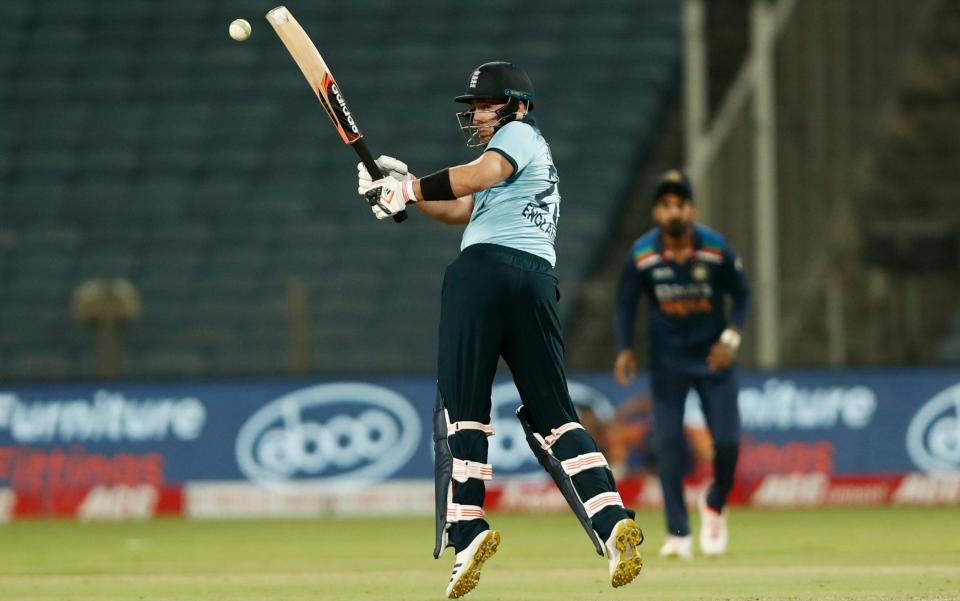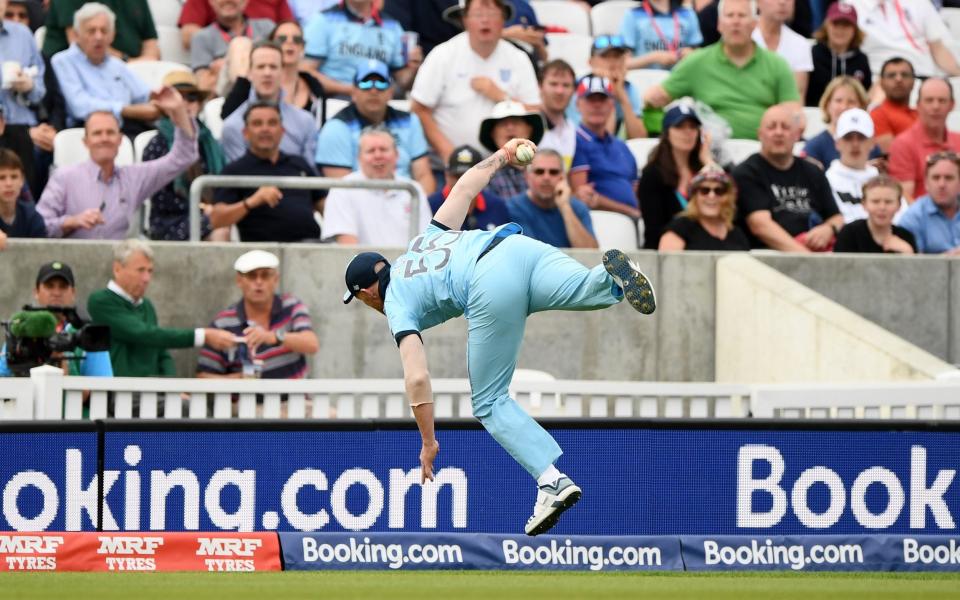Ben Stokes’ absence has left England’s ODI side with four problems to solve

Kimberley is best known for the Big Hole: the epic diamond mine that is visible from space said to be the deepest hole excavated by hand.
England’s hotel overlooks the mine, which may or may not give the management pause for thought about their own big hole, the one left by the retirement of Ben Stokes, an 18-carat cricketer, last summer.
Stokes may yet play at the World Cup, as coach Matthew Mott and captain Jos Buttler have made plain in the last week. The conversation is unlikely to be revisited until August, when Stokes will likely take some time off following the Ashes. A large part of Stokes’ appeal as a cricketer and character is that he is unpredictable: some think he is already plotting a comeback; others believe he would not want team-mates to do the hard yards ahead of the tournament, then swoop in for the glory.
Either way, England are planning for the World Cup without him and, as they went 2-0 down against a strong and spirited South African side, his absence has been keenly felt. Stokes would not have been playing in this series if he was available in ODIs, because the schedule – about which he continues to fume – clashes with the Test tour of New Zealand. But England appear to be getting no closer to establishing how to live without him.
Quite apart from the fact that Stokes is a talismanic figure whose own bat has just about solo-navigated England through two World Cup finals, it is the balance he brought to every aspect of the side that is making him so hard to replace. Here’s why his absence is being most keenly felt:
Left-hander shortage
Up to and including the 2019 World Cup, England’s batting had beautiful balance. In the usual top seven, there were four right-handers and three lefties. All four right-handers (Jason Roy, Jonny Bairstow, Joe Root and Jos Buttler) are in the frame for this year’s World Cup. Of the three lefties, Stokes and Eoin Morgan have retired, while Moeen Ali – normally England’s No7 back then – averaged 20 in a 5½-year run between ODI fifties that ended on Sunday.
The new arrivals since 2019 are almost all right-handed, too: Phil Salt, Harry Brook, Will Jacks, Liam Livingstone. So are Alex Hales, James Vince and Sam Billings. The value of Dawid Malan and Ben Duckett value is high in this market.

It is not absolutely essential to have variation between right- and left-handers, but it really helps – especially in Asia (this year’s World Cup is in India). Not only can they change play with seamers’ lines, but it means there is always one batsman who can hit with the spin or towards a short side. Most teams will have at least two spinners.
As things stand, Brook looks likeliest to slot in at No4, the role ear-marked for Stokes. If Livingstone or Jacks were to displace Moeen, which feels a possibility if his form does not pick up – the entire top six would be right-handed.
Spin or seam heavy
Stokes was by no means a 10-over-per-match banker with the ball in ODIs, but he was a viable option at various stages of the innings.
England have many good white-ball cricketers but Stokes is something of a unicorn in that he is a seam-bowling all-rounder whose stronger suit is batting. The other batting-first all-rounders – Jacks, Livingstone, Moeen – are spinners. The other seam-bowling all-rounders are bowlers primarily: Sam Curran, Chris Woakes, David Willey.

Stokes’ presence allows England to card a seamer in their top six without compromising the batting, which gives them total flexibility about how they balance their bowlers from No7-11. Often, in 2019, they included four more seamers alongside Adil Rashid. On other occasions, Moeen would play ahead of a seamer. In India, more spin would be required.
Stack the batting or the bowling
Without Stokes, England need to find a bowler to bat in the top six, or risk leaving Buttler with little wriggle room if someone is injured or hit out of the attack. Buttler has tended to err on the side of bowling heavy teams, so it seems unlikely he would give himself only five frontline options in a World Cup.
Moeen is the likeliest, but – for all his leadership and experience – his recent record does not demand selection, let alone in the top six. Moeen admits to struggling with the rhythm of 50-over batting, now that his diet is mainly T20.
With Moeen at six and Curran or Woakes at seven, England would have a soft underbelly and a shallow batting order (given that Jofra Archer, Mark Wood and Rashid are likely members of the tail). Batting deep has been England’s greatest strength since 2015.
Jacks or Livingstone could replace Moeen, but they are unproven in the format, right-handed, and it would weaken the bowling (unless Root could pick up some slack).
Fielding inspiration
Let’s not forget Stokes’ fielding, too: In South Africa, England have not made many glaring errors in the field, but without Stokes, Bairstow and even Root and Morgan, they are not the fielding team they once were. The moments of pure inspiration are lacking, but so is the attacking conviction that only the elite fielding sides have. Stokes himself was capable of fielding anywhere at different stages of the innings.

Unless Stokes returns, England lose a little bit in every department.

 Yahoo Movies
Yahoo Movies 